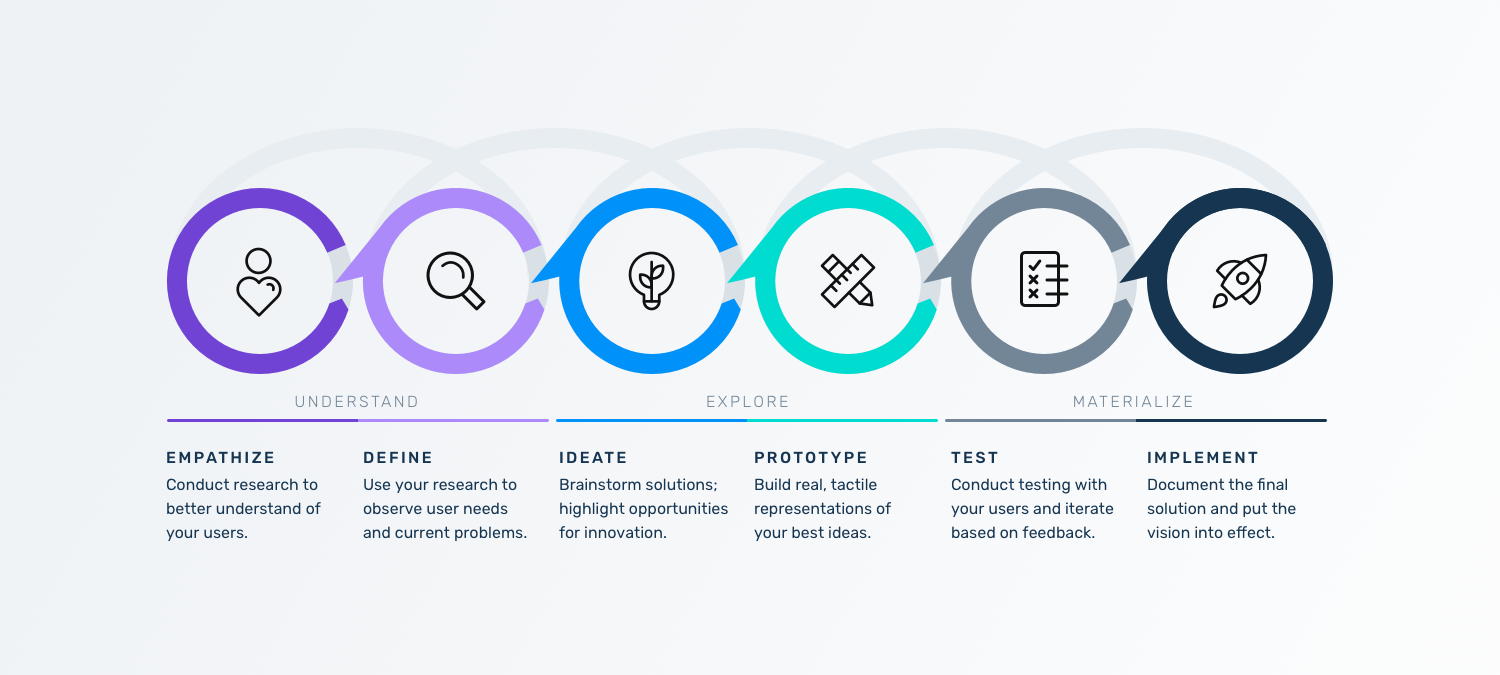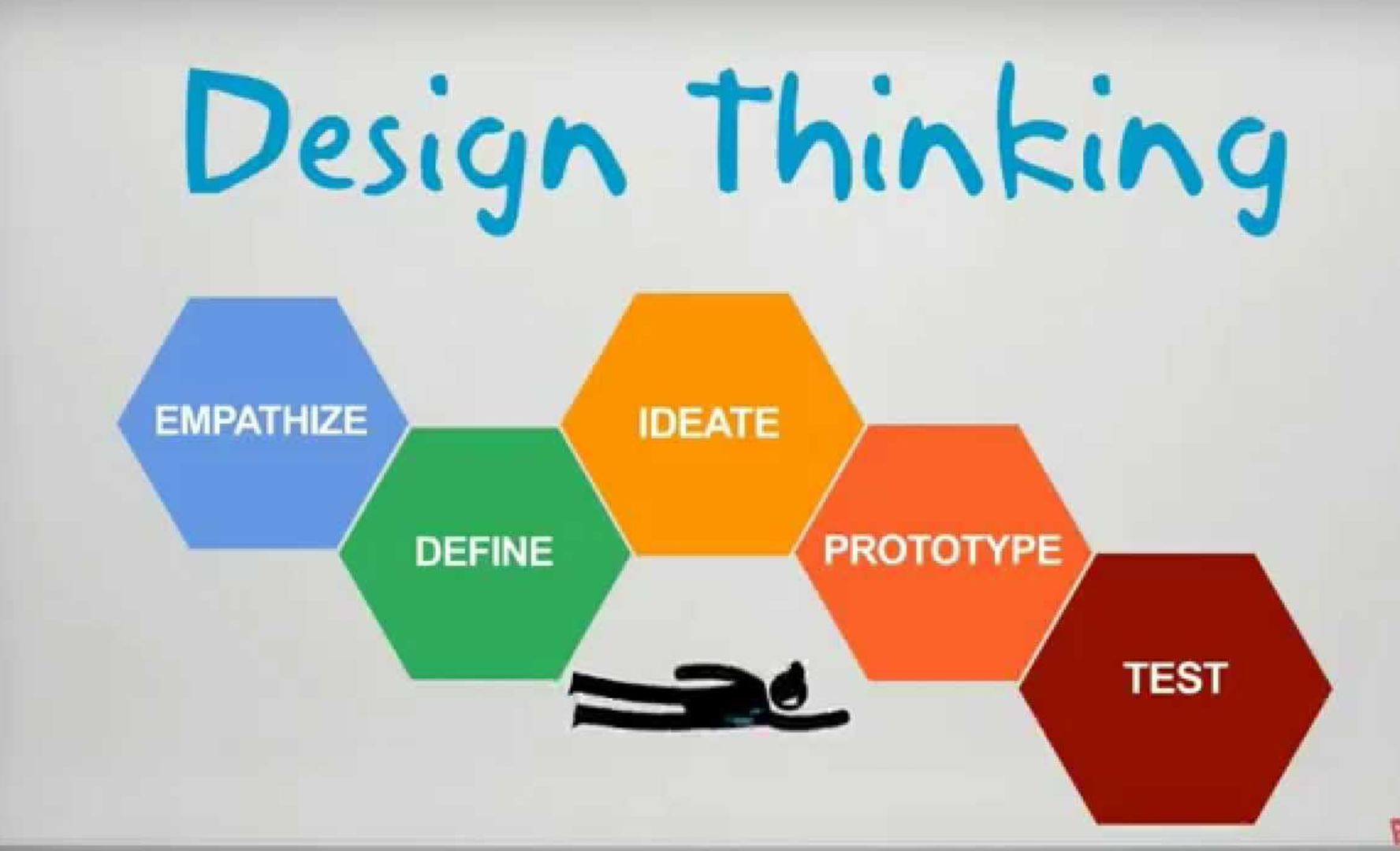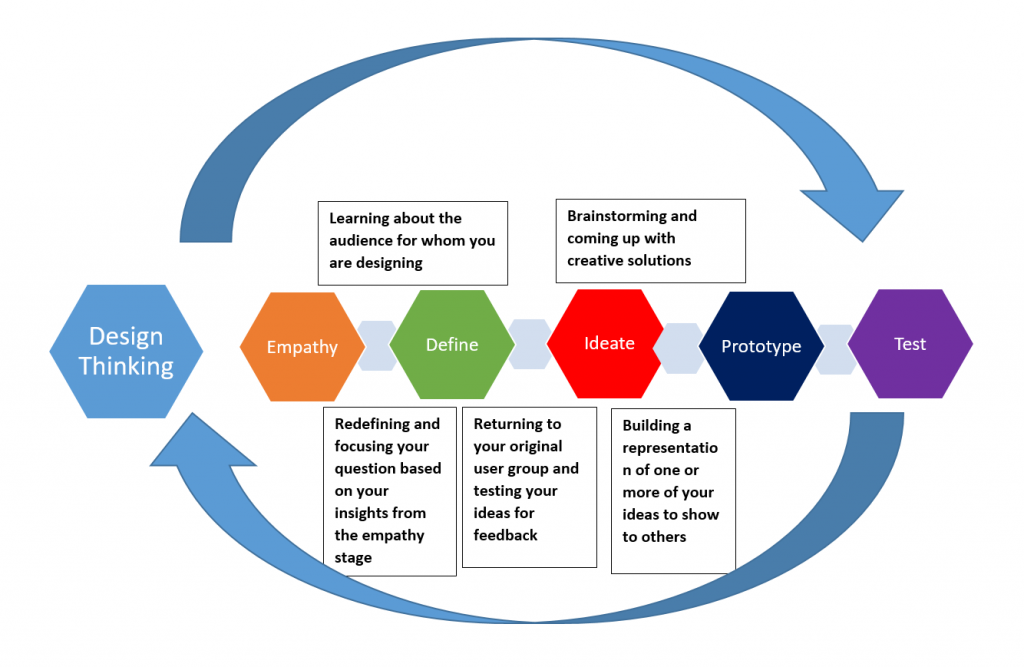Table Of Content

This ensures the stages are seen more as enablers or modes of thinking, rather than concrete linear steps. Mural helps teams visualize their ideas in a collaboration platform that unlocks teamwork. This helps everyone stay on the same page, while giving them the ability to add their own ideas freely and easily.
Stage 1: Empathize—Research Users' Needs
Design thinking is increasingly being integrated into business as a way to foster innovation and teamwork. Now let’s consider what the design thinking methodology looks like in action, starting with the five key steps in the design thinking process. We’ve learned a lot over the years, and we’d like to share our insights. We’ve seen design thinking transform lives and organizations, and on occasion we’ve seen it fall short when approached superficially, or without a solid foundation of study.
The intersection of organizational culture and design thinking - Fast Company
The intersection of organizational culture and design thinking.
Posted: Tue, 28 Feb 2023 08:00:00 GMT [source]
Did You Know Design Thinking is a Non-Linear Process?
The second phase of design thinking is developing solutions to the problem (which you now fully understand). When a team from MIT’s Integrated Design and Management program together with the design firm Altitude took on that task, they met with walker users to interview them, observe them, and understand their experiences. Imagine you are designing a new walker for rehabilitation patients and the elderly, but you have never used one. Certainly not, if you haven’t extensively observed and spoken with real customers. There is a reason that design thinking is often referred to as human-centered design. In the define phase, use the data gathered in the empathize phase to glean insights.
Stanford d.school

The third phase involves developing concepts by critiquing a range of possible solutions. This includes multiple rounds of prototyping, testing, and experimenting to answer critical questions about a concept’s viability. Here are the four phases for effective innovation and, by extension, design thinking. Harvard Business School Online's Business Insights Blog provides the career insights you need to achieve your goals and gain confidence in your business skills.

Subsequently, in 2011, Netflix took its design thinking one step further and responded to customers’ need for original, provocative content that wasn’t airing on traditional networks. Later, in 2016, it improved its user experience by adding short trailers to its interface. Each of Netflix’s major updates was in response to customers’ needs and driven by an effective design thinking process.
Is design thinking more than a buzzword? - Psychology Today
Is design thinking more than a buzzword?.
Posted: Thu, 30 Jul 2020 07:00:00 GMT [source]
By this point, you know who your target users are and what they want from your product. Design Thinking is not exclusive to designers—all great innovators in literature, art, music, science, engineering and business have practiced it. Teams often use design thinking and agile methodologies in project management, product development, and software development. These methodologies have distinct approaches but share some common principles. As an academic and author, I've had the privilege of shaping the design landscape.
It integrates the intellectual, emotional, and practical aspects of the creative process. Try to create a scenario in a location that would capture the real situation. Two or three ideas that receive the most votes we forward into prototyping. The LUMA System of Innovation process consists of looking, understanding and making. IDEO’s 3-Stage Design Thinking Process consists of inspiration, ideation and implementation. Designers have a unique blend of head, heart, and hand skills which combine to create holistic problem-solving abilities.
As a process of designing
Your prototypes should help the team understand if the design or solution will work as it’s intended to. IDEO design consultancy is formed by combining three industrial design companies. They are one of the first design companies to showcase their design process, based on design methods and design thinking.
This is a great way to come up with lots of different ideas and solutions in the ideation stage of design thinking, where you’re focusing on quantity and creativity. So many companies say they’re “customer focused,” but lack a clear understanding of what really matters most to their customers in the context of their product or service. Design thinking puts the user front and center, with the Empathize stage dedicated to understanding and discovering user needs. The earlier stages of the process — Empathize, Define, and Ideate — are perfect for bringing in people from across the business. In fact, bringing in varied viewpoints and perspectives can help you come up with more creative or effective solutions.
In this sense, the Design Thinking process can be used to build a general culture that emphasizes putting the user first, collaborating in order to innovate, and testing early and often. You can learn more about solution-based vs. problem-based thinking in our comprehensive guide to Design Thinking. Before we can understand the Design Thinking process, it’s important to get to grips with the ideology behind it—that is, Design Thinking.
Once the team identifies one or more solutions, they determine whether the organization can implement them. In theory, any solution is feasible if the organization has infinite resources and time to develop the solution. However, given the team’s current (or future resources), the team evaluates if the solution is worth pursuing. The team may iterate on the solution to make it more feasible or plan to increase its resources (say, hire more people or acquire specialized machinery).
Herbert Simon’s 1969 book, "The Sciences of the Artificial," has one of the earliest references to design thinking. David Kelley, founder of the design consultancy IDEO, coined the term “design thinking” and helped make it popular. Design consultancy IDEO’s designkit is an excellent repository of design thinking tools and case studies. Aims to deliver that solution and continuously iterate on the live product.
Observing what people do and how they interact with their environment gives you clues about what they think and feel. The Institute was founded by Stanford mechanical engineering professor David M. Kelley, six other professors and George Kembel in 2004. The program integrates business, law, medicine, the social sciences and humanities into more traditional engineering and product design education. You could spend weeks exploring the many versions of the design thinking process which exist in the world today. Their differences and similarities are, in fact, celebrations of variety and non-conformity.

No comments:
Post a Comment